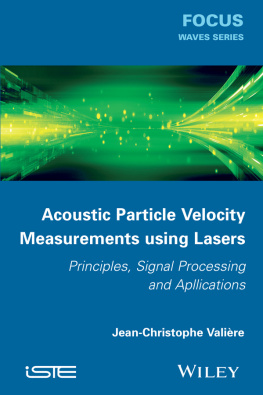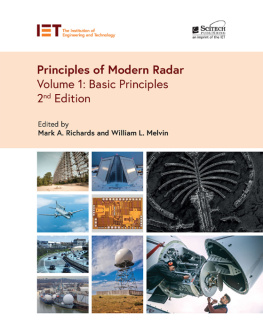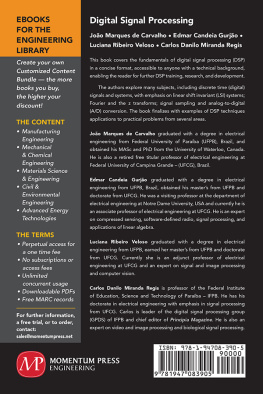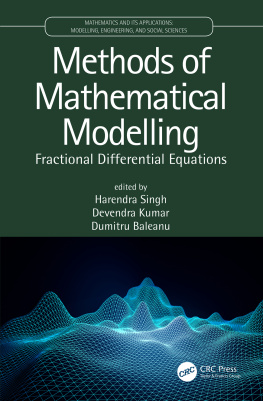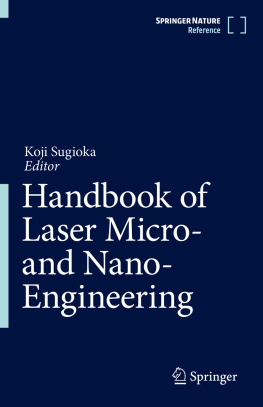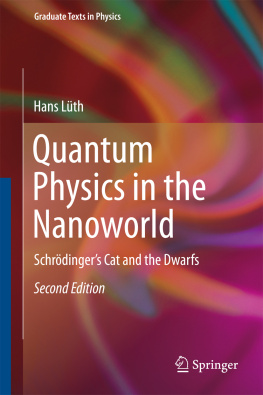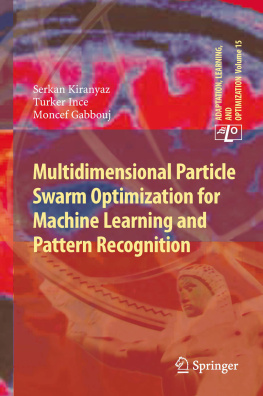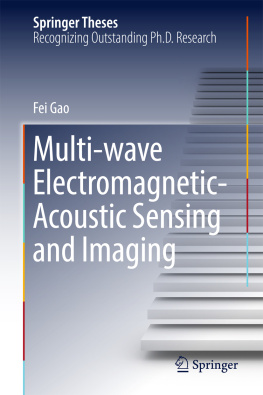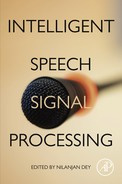

First published 2014 in Great Britain and the United States by ISTE Ltd and John Wiley & Sons, Inc.
Apart from any fair dealing for the purposes of research or private study, or criticism or review, as permitted under the Copyright, Designs and Patents Act 1988, this publication may only be reproduced, stored or transmitted, in any form or by any means, with the prior permission in writing of the publishers, or in the case of reprographic reproduction in accordance with the terms and licenses issued by the CLA. Enquiries concerning reproduction outside these terms should be sent to the publishers at the undermentioned address:
ISTE Ltd
27-37 St Georges Road
London SW19 4EU
UK
www.iste.co.uk
John Wiley & Sons, Inc.
111 River Street
Hoboken, NJ 07030
USA
www.wiley.com
ISTE Ltd 2014
The rights of Jean-Christophe Valire to be identified as the author of this work have been asserted by him in accordance with the Copyright, Designs and Patents Act 1988.
Library of Congress Control Number: 2014930973
British Library Cataloguing-in-Publication Data
A CIP record for this book is available from the British Library
ISSN 2051-2481 (Print)
ISSN 2051-249X (Online)
ISBN 978-1-84821-562-7
To Antonin, Camille, Marguerite, Constance, Lancelot and Estle
Preface
This book is the result of about two decades of research on acoustic particle velocity measurement using lasers and its application to nonlinear acoustic and aeroacoustics. It was primarily inspired by a lecture on acoustic particle measurements given in summer school courses dedicated to thermoacoustics in Roscoff (Brittany, France), which was organized by the CNRS. The other part of the book comes from teachings in the field of acoustic signal processing in engineering schools and Masters degree courses.
A large number of articles regarding this subject have been published so far. Some of them have been published in reviews which dealt with such topics as acoustics, fluid mechanics, thermal science, signal processing or measurement. Unfortunately, as usual in the todays scientific practice, communities exchange communications and, strangely during the time of Internet communication, often the researchers do not know the advanced topics in related disciplines. This is particularly true for this subject. However, recent progress in understanding the complex phenomena of acoustics have been made, mainly due to the optical techniques which should be better known to the larger community in the field.
Our first objective in this book is to propose a large overview of the use of laser techniques for audible acoustics (not vibration which is another subject) whatever the end results. Neverthless, the publications concerning fluid velocity measurements have been deliberately discarded, even if the laser technique for estimating acoustic radiation from flows is a timely topic. The problem involved in this case is turbulence measurement, which is well documented in the literature. Nevertheless, readers will find useful information in this book for these last applications.
Our second objective is to make this book an instructive one for graduate students and researchers who would like to use these techniques in their applications. Due to the multidisciplinary nature of this book, we have focused mainly on those aspects that are needed to understand the achievement of laser techniques, without giving many mathematical demonstrations or technical details. This book attempts to maintain a balance between these two disciplines. For example, some may be frustrated by the lack of information on optical principles and their interaction with solid particles, while others may be frustrated by the missing demonstration on non-uniform sampling. References are provided for the readers to further their knowledge, where necessary, keeping in view their background knowledge.
The book is organized as follows: Chapter 1 deals with acoustics. It introduces the basic knowledge and mainly the classical method of estimating acoustic velocity. Practical aspects, such as the question of temperature or mean flow movement, are briefly described because of their importance in laser measurement. Chapter 2 presents some topics on signal processing, which are necessary to understand the principle of the methods. Only one-dimensional signal processing is presented in order to avoid a lengthy presentation. The extension to two-dimensional signal processing is straightforward and is presented when useful. Chapters 3 and 4 present the LDV and PIV techniques, respectively. We particularly focus on the capability of the methods in estimating lowest velocities at the highest frequencies possible. The limitations are given for both LDV and PIV according to different contexts of applications. A comparison of these techniques is presented in the Conclusion.
Finally, this book would have been impossible without a close collaboration with colleagues and students. First, I would like to thank Anne Marie Bruneau and Philippe Herzog, who convinced me, in 1994, in Le Mans, to work on this subject, which could be an interesting application of signal processing, as they said. I would also like to thank Hlne Bailliet who has been interested in my area of research for a long time and who has encouraged me daily and enabled me to apply these laser techniques to complex physical problems, such as acoustic streaming or turbulence transition in acoustic waveguide.
Many thanks go to my former Masters and PhD students and postdoctoral researchers, Vincent Vincent, Jan Scholten, Cyril Mellet, Sylvain Poggi, Alain Le Duff, Gelle Poignand, Franck Kerherv, Romuald Boucheron, Solenn Moreau, David Marx, Aminou Akani and Ida Reyt, for their interest in such complex measurements and for their contribution to the progress of this area of knowledge. Particular thanks go to Alain, Solenn and Ida for their help for the illustrations of this book.
I do not want to forget the numerous colleagues, Bruno Gazengel, Laurent Simon, Jol Gilbert, Olivier Richoux, Guy Plantier, Philippe Rouquier, Yves Auregan, Philippe Bquin, Laurent David, Laurent-Emmanuel Brizzi, Pierrick Lotton, Guillaume Penelet, Diana Baltean, Catherine Weisman, Virginie Daru, Laurent Philippon and Patrick Braud, with whom I have collaborated on these topics in different ways, on the applications, on the basis or on technical aspects.
Also a friendly thanks goes to Murray Campbell, Clive Greated, David Skulina, Robert MacDonald and Mikael Newton for their welcome to me at Edinburgh University in 2007.
Finally, I would like to especially thank John Fitzpatrick, Professor at Trinity College Dublin, who passed away in September 2012. John Fitzpatrick and his colleagues, in particular, Mickeal Carley, Craig Meskell, Henry Rice and Mark Jordan, made me welcome for half a year in 1995. It was John who first initiated me into signal processing for LDV, aeroacoustics and ... golf practice.
Jean-Christophe VALIRE
Montmorillon, France
January 2014
1
Summary of Acoustic Equations
This chapter first discusses the acoustic equations and also focuses on the particle velocity and particle displacement. Conventional methods for estimating the particle velocity are briefly discussed with an emphasis on their advantages and disadvantages. This chapter also explains the advantages of a direct measurement of the velocity and the importance of using laser-based non-intrusive methods for nonlinear acoustics.
Next page
